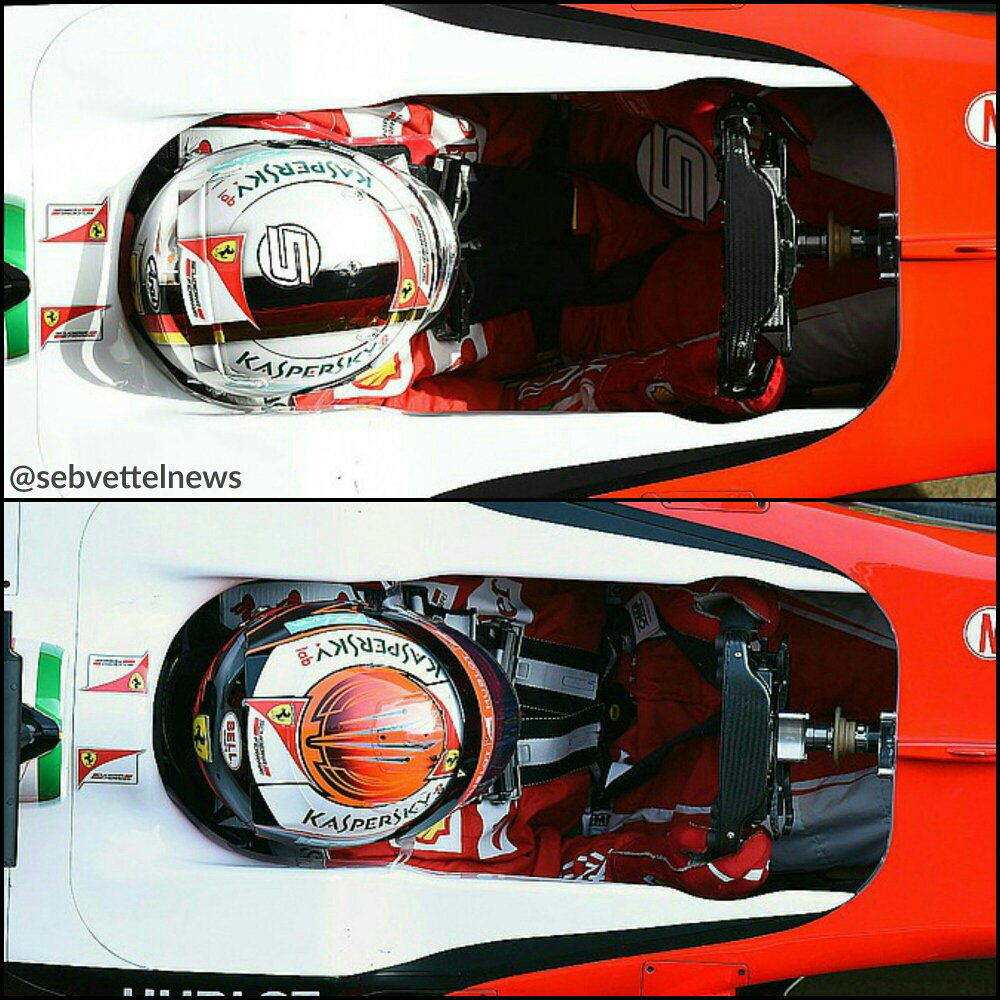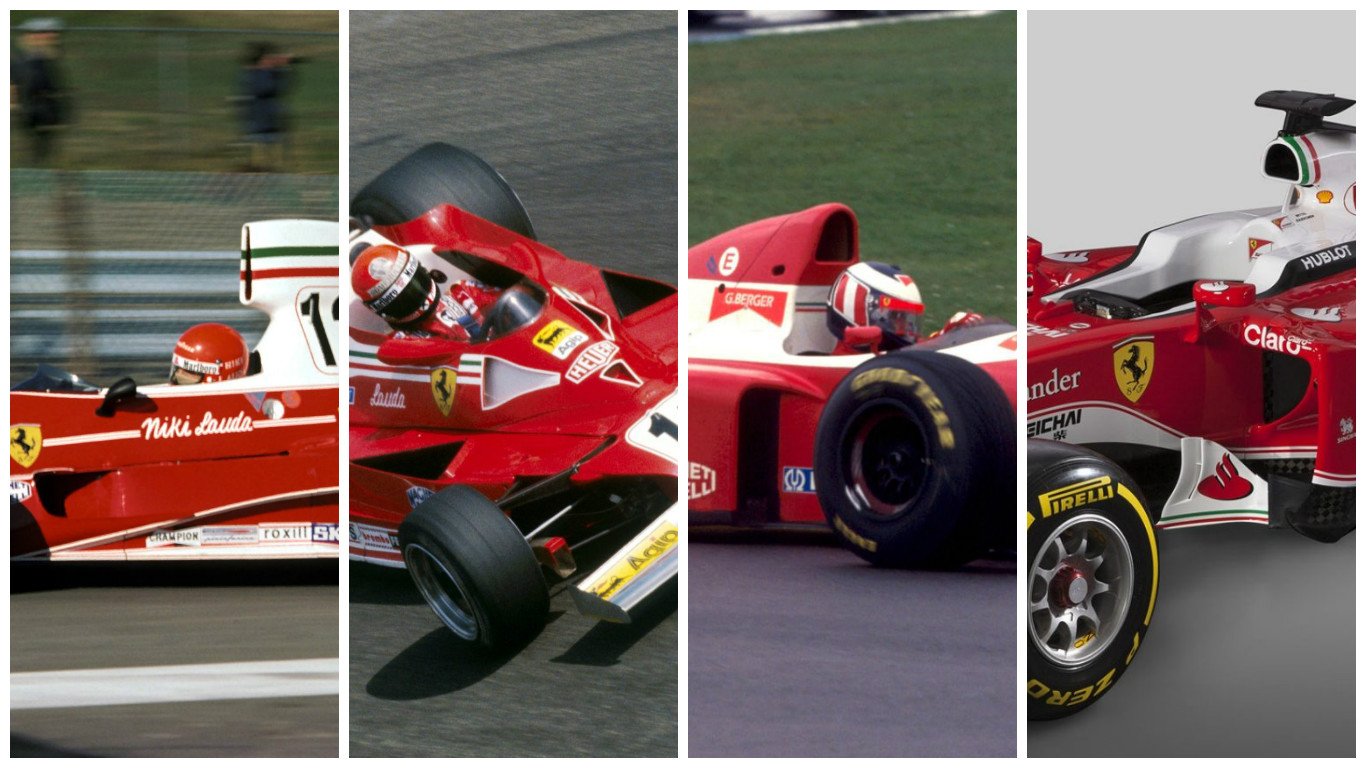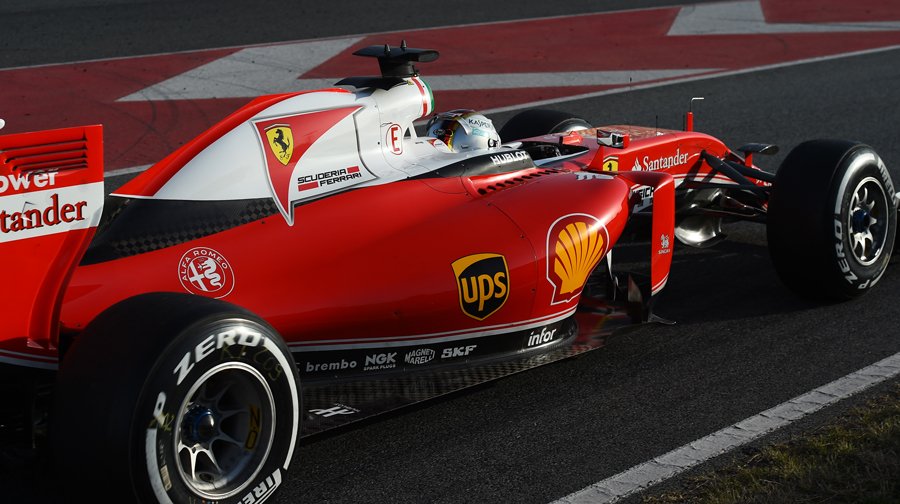Evo još jedna poslastica.. vjerujem da ste već pročitali novu specijal verziju Autosporta koju sam postao na
temi, sada dolazi i Scrabsov osvrt na novi Ferrarijev bolid u web verziji Autosport Plusa.
AUTOSPORT+ PREMIUM CONTENT
Technical analysis: Ferrari SF16-H
Ferrari didn't have to do much more to catch Mercedes, but there's evidence of plenty of changes on the SF16-H says CRAIG SCARBOROUGH - including many ideas seen elsewhere in the field
[ link do slike ]
Even in the staged photos from the online launch, it's clear Ferrari's SF16-H (H for hybrid) is a wholesale departure from its predecessor in many areas.
Ferrari has made huge progress since the disaster of 2014 and last year's car had no obvious flaws, other than lacking the last ounce of outright pace against Mercedes.
Only quite subtle adjustments were needed for 2016, and the nose, suspension, sidepods and powertrain have all been rethought for the new design.
Fundamentally, what Ferrari has done with the latest car is to revise the under-nose airflow and repackage the rear for aerodynamic benefit.
Changes at the front were widely predicted, and the nose and suspension layout bring Ferrari into line with the rest of the field.
The nose has been shortened considerably, following the Williams-esque wedge shape, with a protruding thumb at its tip.
This tip extends under the nose and forms a further aerodynamic function, working with the heavily twisted front wing mounting pillar as a turning vane set-up.
It's not obvious, but this has required a change in the relative position of the front wheels to the front of the chassis to provide the maximum length for the nose to fit in between the chassis and front wing. This makes the arduous crash test a little easier to cope with for such a short nose.
In side view the nose is very shallow - there is clearly very little structure making up the nose compared to the more voluminous short noses from other teams in 2015.
[ link do slike ]
There may be an unseen explanation for this, as the top of the chassis where the nose meets the tub has a large cover panel fitted. This could be a fake panel to be replaced with an exit for an S-duct, a solution that would further clean up the aero under the nose - the key aero focus for the team over the winter. We can expect to see the full S-duct set-up appear during testing.
Another effect of the front aero clean-up is the switch from pullrod to pushrod actuation for the suspension. Now the rod goes from low down near the wheel to high up near the monocoque.
This is not to cure the understeer that many associate with the Ferrari, but is an aero lead solution. The team has stated that aero was the primary reason, followed by weight and lastly kinematics.
The repositioned pullrod means the wishbones are revised, with the lower wishbone still being a conjoined design as first seen on the Mercedes and copied by Ferrari last year.
Below the front suspension is perhaps more launch fakery as the turning vanes are a very old format, not raced at the end of the last year. By then Ferrari instead had a Mercedes-style set-up with four element vanes and a batwing. Expect this to return when testing gets going.
[ link do slike ]
As is usual for a launch specification car, the front wing is an old specification and again will change when the SF16-H hits the track.
Although closed off, the front axles and brake ducts appear to be the blown type as raced for most of 2015. The large diameter wheelnuts are the clue to the oversized axle hiding an internal duct to blow air through the open end for an outwash effect on the airflow passing around the front tyre.
Around the cockpit, small changes have been made. The higher, stronger cockpit sides and rear-facing FIA safety camera are regulatory changes, while the rollhoop inlet is slightly different to last year, losing its distinctive triangular shape for a more rounded one.
Behind the rollhoop, the mid wing that has been fitted to the Ferrari for over a year, remains, but its inverted shape is more pronounced and the spine of the engine cover is cut away to allow the aero effect of the mid wing to work on the airflow passing towards the rear wing.
It appears the sidepods are an evolution of last year's compact design, with near horizontal radiators placed inside the bodywork aided by slats and louvers to improve efficiency at the radiator cores. This keeps the sidepods low and sleek.
[ link do slike ]
At the front, the vanes around the sidepod fronts are revised, but appear to be unfinished, as there is no vane near the cockpit. With the wing mirrors being the same shape as last year, we can expect this area to evolve early on in testing.
It's obvious the rear bodywork is narrower due to the bulges to clear the engine and gearbox. The sidepod outlets then widen and encompass the top rear wishbones - this streamlines the suspension and keeps the rest of the sidepod's tail super-narrow.
Below the widened cooling outlet, the sidepods roll underneath and pass under the gearbox, which has been arrowed and its underside raised to get more air to pass underneath it and towards the diffuser for more rear downforce.
It's clear a lot of space has been freed up underneath the gearbox. This is likely to be due to the repositioned ERS and turbo hardware mounted inside the gearbox.
More power unit changes have manifested themselves in the exhaust area. Last year Ferrari had a sizeable wastegate mounted over the gearbox and its tailpipe merged into the exhaust's main tailpipe.
Now the rules demand separate wastegate pipes and the Ferrari has two pipes running below the main tailpipe. The wastegate has clearly been repositioned as the old cooling inlet on the spine of the engine cover has been removed.
Rumours suggest the MGUs have been repackaged from behind the engine to further forward along it, with the trademark turbo intercooler in the engine's 'V' repositioned to make space for the MGU-H here and to allow a large inlet plenum with variable length inlets inside.
[ link do slike ]
This can only be guesswork for now, as again for the third year running Ferrari has released no engine imagery - a strange practice for a team normally so proud of its engines.
The rear wing is another item still in an old specification for the launch, but the mounting pillar that wraps around the exhausts before reaching the top rear wing is of an unusual design. The bottom half is unusually thick, suggesting some changes are expected in this area. Details around the floor and diffuser aren't apparent yet, but will no doubt change before the car arrives in Melbourne.
Such a wholesale change in aero and power unit set-up could be a double-edged sword. Yes, the design is now far more conventional compared to the rest of the field so the ideas are well-proven, but equally with change comes risk in pace and reliability.
If Ferrari has its engineering sorted, then the gap to Mercedes could close, but perhaps not sufficiently for it to outpace last year's champion team.
[ link do slike ]





